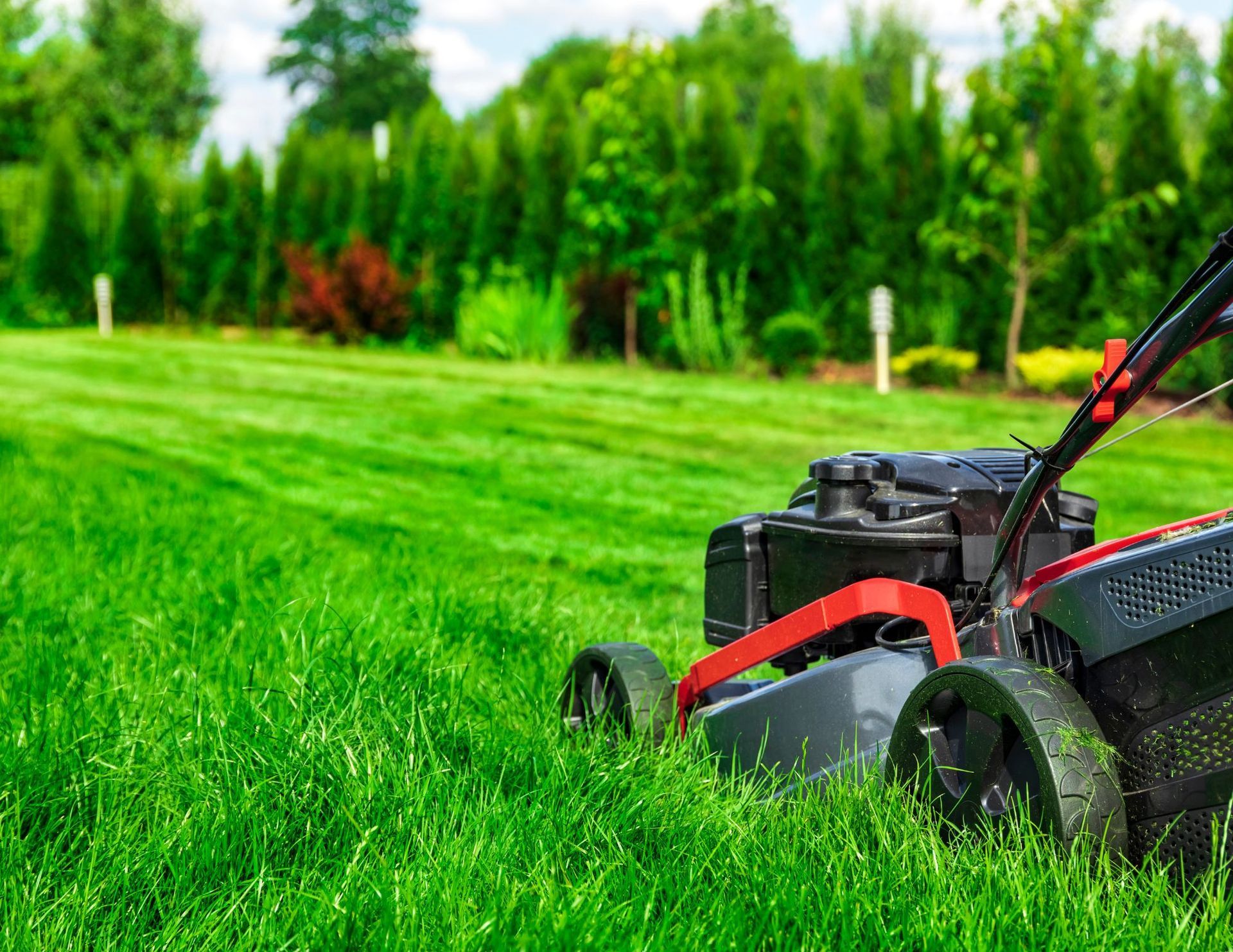How To Grow Grass After Tree Removal

Tree removal can significantly impact the landscape of your property, leaving behind bare patches or damaged areas where the tree once stood. Replanting grass in these spaces is essential not only for aesthetics but also for soil health and erosion prevention. Here’s a comprehensive guide on how to grow grass effectively after tree removal.
1. Clear Debris and Prepare the Site
Before planting new grass, thoroughly clear the area of any remaining tree debris, roots, or large rocks. Level the ground by raking away excess soil and ensuring a smooth surface for planting. It’s crucial to remove any remnants that could hinder grass growth.
2. Test and Amend the Soil
Conduct a soil test to determine its pH level and nutrient composition. Most local agricultural extensions or gardening centers offer soil testing services. Based on the test results, amend the soil by adding compost, topsoil, or other organic matter to improve its fertility and structure. Proper soil conditions are essential for healthy grass growth.
3. Choose the Right Grass Seed
Select grass seed suitable for your region’s climate and soil conditions. Consider factors such as sun exposure, shade tolerance, and traffic resilience when choosing the type of grass. Some common grass species for lawns include Kentucky bluegrass, fescue, and ryegrass. Opt for high-quality seed to ensure better germination rates and healthier grass growth.
4. Prepare the Seedbed
Prepare the seedbed by loosening the soil surface using a rake or garden fork. Aim for a fine, firm seedbed, ensuring good seed-to-soil contact for optimal germination. Avoid compacting the soil too much, as it may hinder grass root growth.
5. Seed Application
Evenly spread the grass seed over the prepared area using a seed spreader. Follow the recommended seeding rate specified on the seed packaging to avoid overcrowding or thin coverage. Rake the seed lightly to ensure it makes good contact with the soil.
6. Apply Fertilizer
Consider applying a starter fertilizer or a fertilizer suitable for new grass to promote healthy growth. Follow the recommended application rates and timing specified on the fertilizer package. Fertilizing can provide essential nutrients for the developing grass seedlings.
7. Watering Routine
Keep the seeded area consistently moist to aid germination. Water lightly and frequently to prevent the soil from drying out but avoid overwatering, which can wash away seeds or cause fungal issues. A gentle misting spray or sprinkler system can help maintain adequate moisture levels.
8. Protect and Monitor Growth
Cover the seeded area with a thin layer of straw or mulch to protect the seeds from birds, heavy rainfall, or excessive sunlight. Monitor the growth regularly, ensuring the soil remains moist until the grass establishes. Gradually reduce watering frequency as the grass grows, allowing it to develop deeper roots.
9. Maintenance and Care
Once the grass seedlings emerge and reach a height of about 3 inches, gradually reduce watering frequency but increase the amount of water per session to encourage deeper root growth. Regularly mow the grass once it reaches the recommended height for your chosen grass species.
10. Patience and Persistence
Growing grass after tree removal requires patience. It may take several weeks for the grass to establish and form a thick, healthy lawn. Stay consistent with maintenance practices, such as watering, fertilizing, and mowing, to ensure successful grass growth.
Conclusion
Restoring your lawn after tree removal involves thorough preparation, choosing the right grass seed, proper seeding techniques, consistent watering, and ongoing maintenance. By following these steps and providing the necessary care, you can successfully grow lush, healthy grass that revitalizes your landscape and contributes to a vibrant and beautiful lawn.

